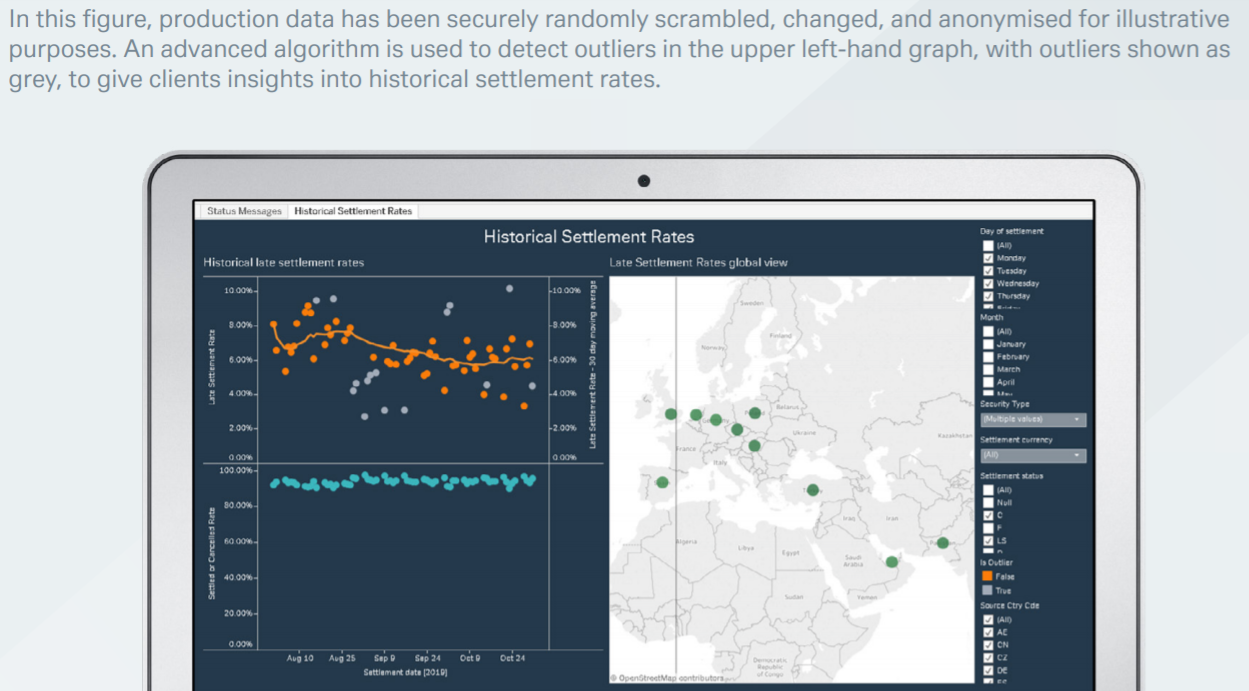Deutsche Bank published a new whitepaper, “Unleashing the potential of AI in securities services”, which puts forward industry collaboration, embedded expertise and clear standards as next steps to help the industry unleash the full potential of artificial intelligence (AI) in securities services.
The paper explores how AI is being used in post-trade securities services and custody and provides an introduction to AI in the field, including a rundown of use case examples, insight into key algorithms, important governance considerations and a series of key recommendations to ensure best practice is followed.
While the possible applications for AI technology are yet to be fully explored, a number of compelling use cases have already emerged. The paper explores how AI-driven client segmentation is being applied to help custodians better understand their clients and develop products and services tailored to the shared needs of specific segments, as well as how AI is being used to proactively detect and prevent settlement failures.

Tapping this transformative potential of AI, however, requires careful thought and preparation. Deutsche Bank lays out four key recommendations for those looking to invest in this emerging technology: foster a focused AI agenda at the industry level, source and embed the right expertise, clarify auditing requirements and, crucially, bring all of this together to ensure you have the complete package needed to succeed.
At the heart of AI’s power to tackle risks are three drivers:
Data: The data chosen must be suitable for the use case, as the data selected will influence the output. Securities market transaction data is generally depersonalised, so does not in itself contain protected attributes – although there can be other type of unfair bias at an institutional level. This means that the final models must still be rigorously tested for inferred bias, i.e. situations where discriminatory conclusions are drawn from statistical calculations;
Algorithms: Algorithms and their parameters are the engine – a set of processes – that analyses the data, determines relationships, possibilities and results. Algorithms and their parameters play fundamental roles in determining explainability and transparency (see Section 3: Learning types, algorithms and governance); and
Processing power: Training a powerful machine-learning algorithm often means running huge banks of computers for days, weeks or even months. The algorithms of today require significant processing power as they run through terabytes of data in the task of creating the perfect model.
“As more and more companies look to deploy advanced AI solutions, good governance and effective controls will play an increasingly important role in its growth,” said Boon-Hiong Chan, global head, Securities Market Development & Technology Advocacy at Deutsche Bank Securities Services, in a statement. “Proactively identifying use cases and addressing contextual issues – and working collaboratively to address them including having real time data – will be a key part of any push forward for the industry. Our Guide aims to help raise industry awareness of some of these considerations and as well foster an understanding of how AI technology can be used in new value creation.”

